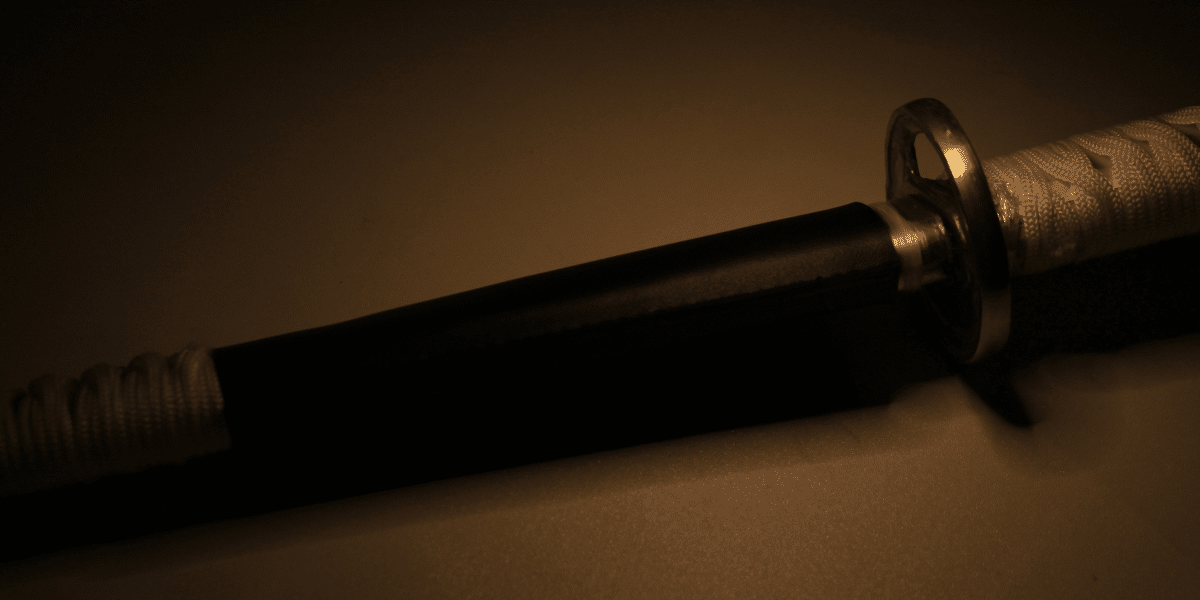The katana sword, frequently seen as the spirit of the samurai, is a notorious and worshipped weapon. Originating from Japan, the katana is recognised for its bent edge, well-honed edge, and uncommon craftsmanship. Katana Sword offers a wide choice of dazzling swords, interesting to two-gatherers and hand-to-hand fighting fans.
Historical Significance and Evolution
-
Origins and Development
The historical backdrop of the katana traces all the way back to the Kamakura time frame (1185-1333), a groundbreaking period in Japanese history set apart by the ascent of the samurai class. At first, created from straight-bladed Hokuto swords, the katana immediately turned into the essential weapon of the samurai because of its predominant ability to cut and adaptability. The plan of the katana considered quick, exact strikes, making it a powerful weapon in battle. Throughout the long term, the speciality of producing katanas was refined by ace swordsmiths, prompting the profoundly modern cutting edges known today.
-
Cultural and Symbolic Value
Beyond its practical application in battle, the katana holds profound cultural significance in Japan. It symbolises the samurai’s honour, discipline, and martial prowess. The process of creating a katana is not merely a craft but a revered art form involving elaborate rituals and ceremonies. Each katana is unique, reflecting the individual craftsmanship and spiritual dedication of its maker. This cultural heritage adds immense value to the katana, making it a treasured artefact that embodies the spirit of the samurai.
Craftsmanship and Design
The Forging Process
Making a katana is a complex and labour-intensive process that requires an elevated degree of expertise and accuracy. Customary katanas are manufactured from tamahagane steel, delivered by purifying iron sand. The steel has more than once collapsed to eliminate pollution and upgrade its solidarity and adaptability. This collapsing system likewise makes the particular grain design, or hada, seen on the sharp edge.
The production system includes a few basic advances:
- Refining and Sanitization: Tamahagane steel is created by purifying iron sand in a tatara heater, a conventional Japanese refining heater. The subsequent steel is then carefully arranged and refined.
- Collapsing and Manufacturing: The purged steel is repeatedly collapsed and pounded to create major areas of strength for an edge. This cycle eliminates pollution and adjusts the steel’s grain structure.
- Moulding and Extinguishing: The edge is formed by warming and pounding, trailed by an exact extinguishing interaction to solidify the steel. This step includes covering the edge with an earth blend and warming it before quickly cooling it in water or oil.
- Cleaning and Honing: The sharp edge is cleaned utilising a progression of continuously better stones to accomplish an extremely sharp edge and a mirror-like completion. This step likewise uncovers the hamon, a particular attitude line that upgrades the sharp edge’s tasteful and useful characteristics.
Components of a Katana
A katana is made out of a few fundamental parts, each adding to its general usefulness and polish:
- Edge (Nagasa): The primary part, known for its sharpness and strength.
- Monitor (Tsuba): Gives balance and safeguards the hand.
- Handle (Tsuka): Regularly enclosed by ray skin (samegawa) and silk (tsuka-ito), offering a protected hold.
- Casing (Saya): Produced using lacquered wood, it safeguards the sharp edge when not being used.
- Habaki: A metal collar around the foundation of the edge, getting it inside the sheath.
- Seppa: Spacers set around the tsuba to guarantee a tight fit.
- Every one of these parts is painstakingly created and collected to make a fair, successful weapon that is likewise a masterpiece.
Modern Applications and Collecting
-
Martial Arts Practice
In contemporary times, the katana remains a fundamental apparatus in different combative techniques disciplines. Expressions like Kenjutsu, Iaido, and Kendo use the katana for preparing and working on, accentuating accuracy, control, and regard for the weapon. Specialists frequently look for quality katanas that stick to conventional techniques and materials, guaranteeing they mirror the genuine soul of the samurai.
-
Gathering and Show
For gatherers, the katana addresses a mix of history, artistry, and craftsmanship. Gathering katanas includes figuring out the subtleties of various periods, styles, and producers. KatanaSword. It gives a different scope of katanas, from current reproductions to genuine collectables, taking special care of gatherers with changing interests and financial plans. Every sword offered is fastidiously created to guarantee genuineness and quality, making them valued increments to any assortment. Showing a katana likewise requires cautious thought, as legitimate stockpiling and upkeep are urgent to safeguarding the edge’s respectability and magnificence.
End
The katana sword is something beyond a weapon; it is an image of a rich social legacy and an illustration of extraordinary craftsmanship. Whether you are a military craftsman, a gatherer, or a fan, claiming a katana is a method for interfacing with the set of experiences and creativity of Japan. Investigate the broad assortment of quality katanas at KatanaSword.is to find the ideal sharp edge that resounds with your appreciation for this immortal weapon. Each katana from KatanaSword.Is offers a special mix of custom, expertise, and magnificence, guaranteeing that you get a piece that isn’t just useful but additionally a cherished relic of Japanese culture.
Published by: Nelly Chavez

















